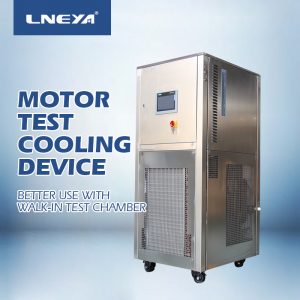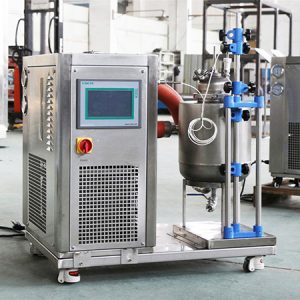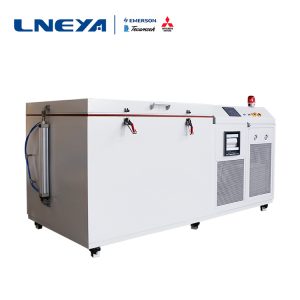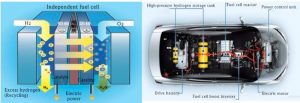Форма конфигурации циркуляционной отопительной установки для лаборатории
The standard model of the circulating heating unit for LNEYA laboratory is: SUNDI, the temperature range is from room temperature to minus 120 degrees Celsius, and the capacity can be divided into 5L, 10L, 20L, 30L, 40L, 50L, 80L, 100L, larger capacity equipment needs to be provided by the user Parameter requirements and experimental programs, customers can customize according to this information.
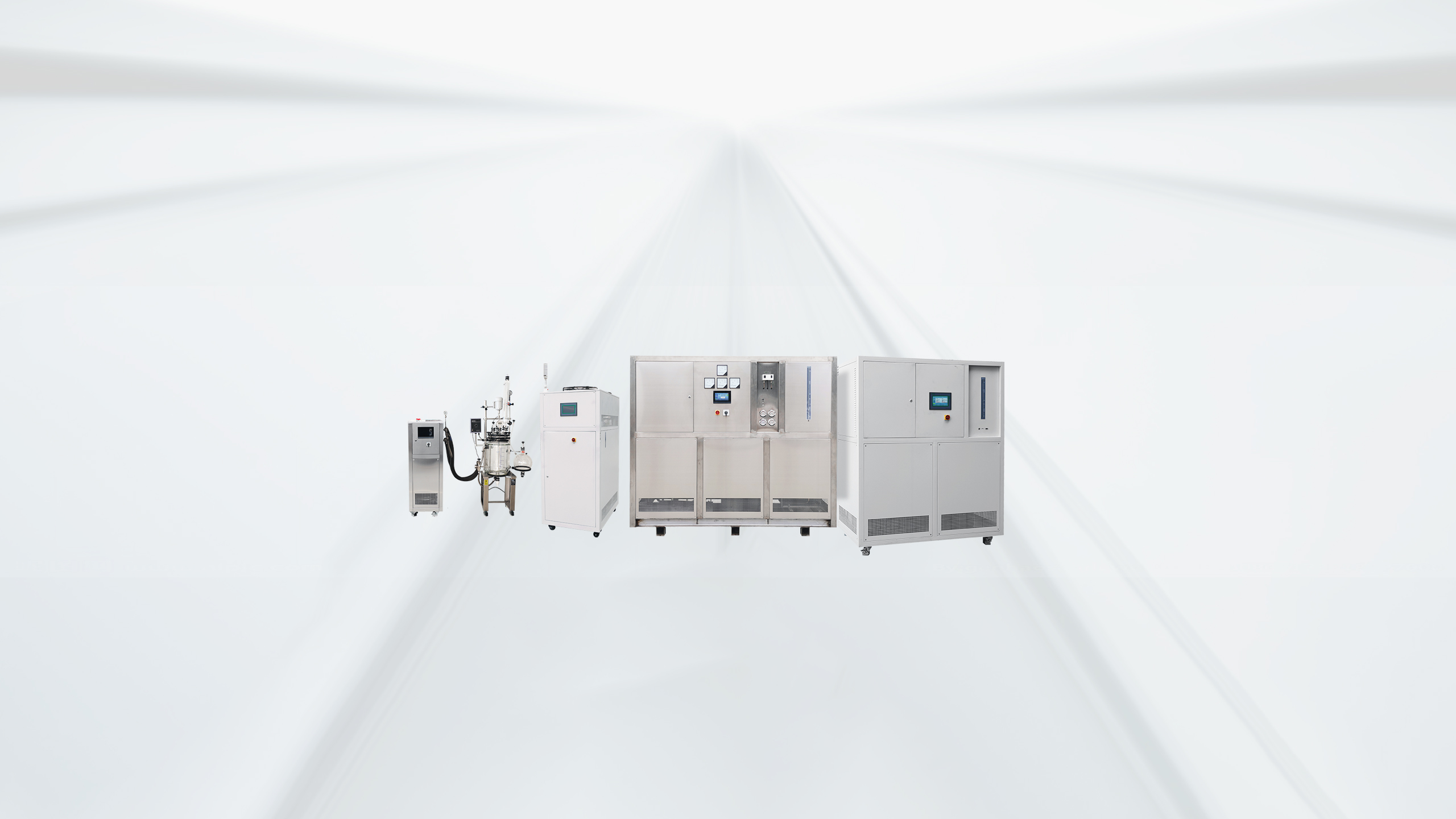
Basic configuration of circulating heating unit for laboratory:
1. Closed circulation system: Circulation devices with closed loops such as cooling coils and insulating sleeves.
2. Water-cooled chiller: The size of the chiller is adjusted according to the capacity of the equipment itself. Fans cannot be used to dissipate heat, which has little impact on the environment. It is suitable for use in dust-free laboratories without air conditioning and ventilation equipment. The refrigeration system has a delay. The components of heating, over-current protection and other devices are all imported products to ensure the quality and service life of the equipment.
3. High-pressure pump: The piping is longer, generally 1-3 meters (adjusted according to the actual situation), which can carry out long-distance cyclic transportation smoothly.
4. Shell and inner liner: stamped and welded with high-density corrosion-resistant materials. The interior can be filled with solutions such as tap water and ethanol, and the key parts are made of stainless steel (SUS304).
5. Circulating medium: silicone oil, water, ethanol, absolute ethanol, etc.
6. Computer control: The entire system provides microcomputer control, including host and software (genuine/cracked version), capable of high-precision control, and superior overall performance. All operations can be operated by buttons on the computer or touch screen, which is simple and intuitive. The PID system eliminates external factors that affect temperature regulation and reduces equipment errors.
We analyze the principles and methods of circulating heating unit cooling in the laboratory. The circulating heat transfer medium is different. Generally, direct cooling is generally used, while the circulating heating unit in laboratory mostly adopts indirect cooling. A plate heat exchanger or oil cooler is installed inside, and the heat medium and cooling water source in the system exchange heat in the heat exchanger to reduce the temperature of the medium.
The temperature of the circulating heating unit used in the laboratory cannot be lowered. Generally, we conduct inspection and maintenance from the following aspects:
1. Поврежден электромагнитный клапан охлаждения: необходимо проверить, может ли катушка электромагнитного клапана нормально работать, если она повреждена, ее нужно заменить; панель не выдает сигнал охлаждения, тщательно проверьте цепь или используйте метод замены компонентов для проверки.
2. Неисправность контура: Проверьте часть цепи системы, входной или выходной трубопровод охлаждающей воды заблокирован: проверьте, полностью ли открыт клапан на трубопроводе охлаждающей воды, и убедитесь, что поток и давление охлаждающей воды достаточны, а нагревательный контактор застрял, Постоянный нагрев: обратите внимание на состояние втягивания контактора, и ухудшите поврежденные электрические части.
If the temperature of the circulating heating unit in the laboratory cannot be lowered, in addition to troubleshooting the above-mentioned possible causes of failure, we also need to check whether the cooling plate is replaced or the cooling exchanger is blocked.
The advantage of using indirect cooling is that it has high temperature control accuracy and strong adaptability. It can be applied to the temperature control of the circulating heating unit in the laboratory. Since the heat transfer medium is cooled first, the cooling impact on the temperature control equipment is relatively small. Of course, the disadvantage is that the cooling rate is relatively slow, and the price is more expensive than direct cooling.
Похожие рекомендации
-
New energy battery test cooling device compressor fault judgment
1762How to identify the three terminals on the fully enclosed compressor casing of the new energy battery test cooling unit? The resistance between the running end (R), the starting end (S), the common end (C), and the RS is greater than the resistanc...
Посмотреть детали -
How to choose organic waste gas for condensation treatment?
1845Condensation treatment of organic waste gas equipment is currently used in the environment of environmental protection requirements, then how to choose the organic waste gas equipment for the condensation treatment, how to choose the efficient and...
Посмотреть детали -
Как устранить неисправность регулятора давления в холодильнике с ультранизкой температурой?
1998Если во время работы промышленного сверхнизкотемпературного холодильника произойдет сбой, связанный с контроллером, и если его вовремя не устранить, контроллер давления может выйти из строя. Контроллер давления играет очень важную роль в у...
Посмотреть детали -
Cooling simulation system for battery pack extreme performance test
1709With the development of technology, pure electric vehicles are becoming more and more common, but pure electric vehicles are difficult to get a better solution in terms of cruising range, charging speed, and pollution after battery waste. This mak...
Посмотреть детали
 LNEYA Промышленные чиллеры Производитель Поставщик
LNEYA Промышленные чиллеры Производитель Поставщик









